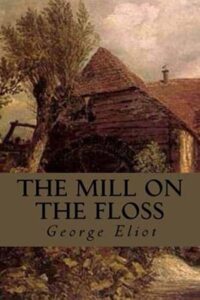
Perhaps the most haunting and tormented love story ever written, Wuthering Heights is the tale of the troubled orphan Heathcliff and his doomed love for Catherine Earnshaw.
Published in 1847, the year before Emily Bronte’s death at the age of thirty, Wuthering Heights has proved to be one of the nineteenth century’s most popular yet disturbing masterpieces. The windswept moors are the unforgettable setting of this tale of the love between the foundling Heathcliff and his wealthy benefactor’s daughter, Catherine. Through Catherine’s betrayal of Heathcliff and his bitter vengeance, their mythic passion haunts the next generation even after their deaths. Incorporating elements of many genres—from gothic novels and ghost stories to poetic allegory—and transcending them all, Wuthering Heights is a mystifying and powerful tour de force.









